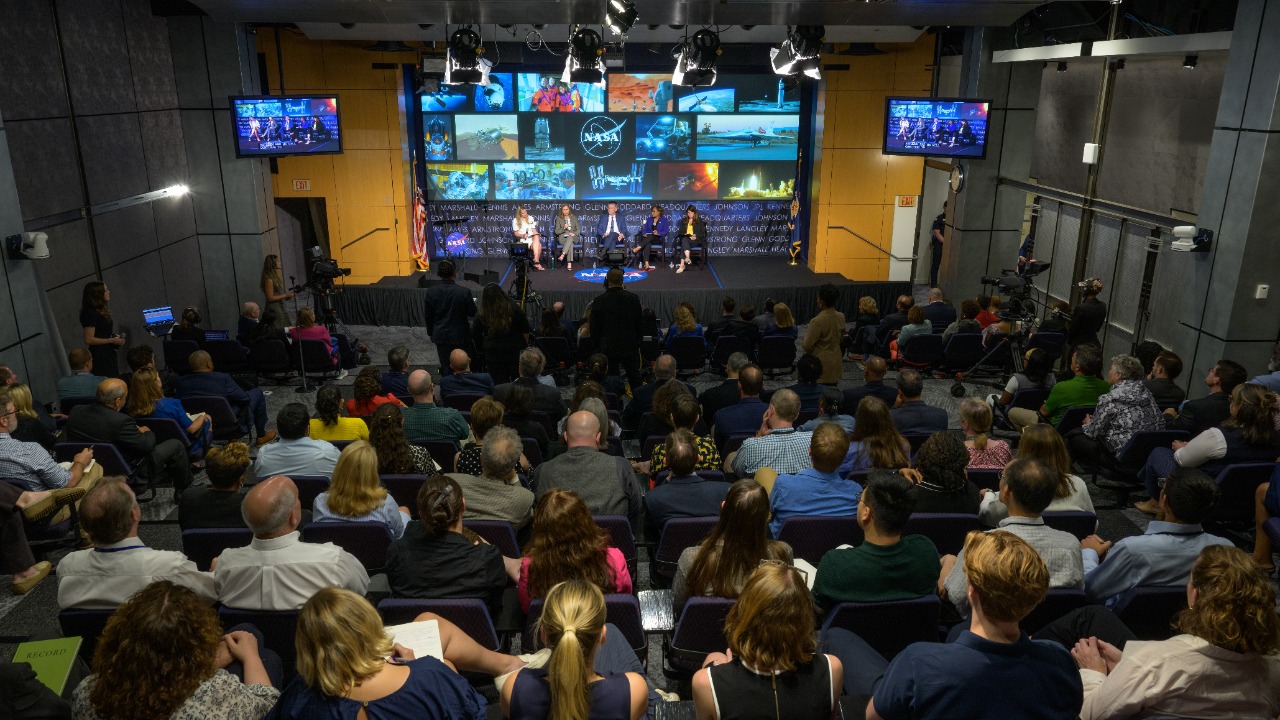
The recent close encounter of the interstellar object 3I/ATLAS with our Sun has ignited a fiery debate among astronomers. The crux of the controversy lies in conflicting data from telescopes tracking the object’s trajectory and brightness changes, raising questions about whether it disintegrated during its closest approach to the Sun. This disagreement underscores the challenges inherent in studying these rare visitors from beyond our solar system.
Discovery and Initial Observations of 3I/ATLAS
The interstellar object 3I/ATLAS was first detected by the ATLAS survey, earning its designation as the third confirmed interstellar object. Early trajectory calculations revealed its hyperbolic orbit, indicating an origin outside our solar system. The object’s speed and inbound path were key figures that further confirmed its interstellar nature.
Preliminary reports on its composition suggested that it was a comet-like body. This assumption was based on observations of outgassing, a phenomenon typically associated with comets. However, these initial findings were soon to be challenged by the object’s behavior during its close approach to the Sun.
The Perihelion Passage
3I/ATLAS’s closest approach to the Sun, or perihelion, was closely monitored by both ground-based and space telescopes. These instruments collected real-time data on the object’s brightness and structural integrity during the flyby. The timing and distance of this perihelion passage were critical factors in understanding the object’s behavior.
Environmental stresses such as solar heating and tidal forces can have significant effects on objects during perihelion. These forces were considered when analyzing the data collected during 3I/ATLAS’s solar approach.
Signs Pointing to an Explosion
Some evidence suggested that 3I/ATLAS may have exploded during its close approach to the Sun. Anomalies in the object’s light curve indicated a sudden spike in brightness, which some astronomers interpreted as a fragmentation event. Proponents of this explosion theory pointed to spectral data as evidence of thermal disruption.
Post-perihelion imaging showed potential debris trails, which further supported the explosion theory. The size and distribution of these fragments were key metrics in this analysis.
Arguments Against Disintegration
However, not all data supported the explosion theory. Sustained tracking data indicated no major mass loss, suggesting that 3I/ATLAS remained largely intact. The object’s post-flyby velocity and trajectory stability were key figures in this counter-argument.
Skeptics of the explosion theory proposed alternative explanations for the brightness changes. Some researchers attributed these changes to non-destructive outgassing or observational artifacts. Others suggested that the brightness spike could be due to temporary coma activation, a phenomenon observed in similar solar encounters.
Key Scientists and Institutions Involved
The debate over 3I/ATLAS’s behavior involved a number of leading astronomers from institutions such as NASA and the European Southern Observatory (ESO). These scientists and their institutional affiliations played a significant role in the controversy.
Despite the disagreement, there were collaborative efforts among the observatories involved. Data-sharing protocols allowed for a comprehensive analysis of the object’s behavior. Formal statements and papers released by the involved teams further fueled the debate.
Broader Implications for Interstellar Object Research
This debate has potential implications for our understanding of interstellar objects and their behavior near stars. The controversy could refine models for interstellar object survival during close solar encounters, which would impact future mission planning.
The 3I/ATLAS event also offers lessons for detecting and characterizing transient events in distant flybys. Past objects like ‘Oumuamua and Borisov provide valuable comparisons for these studies.
Finally, the public and scientific interest generated by this controversy could lead to increased funding or observation campaigns. As we continue to explore the cosmos, these rare visitors from beyond our solar system will undoubtedly continue to captivate and challenge us.
More from MorningOverview